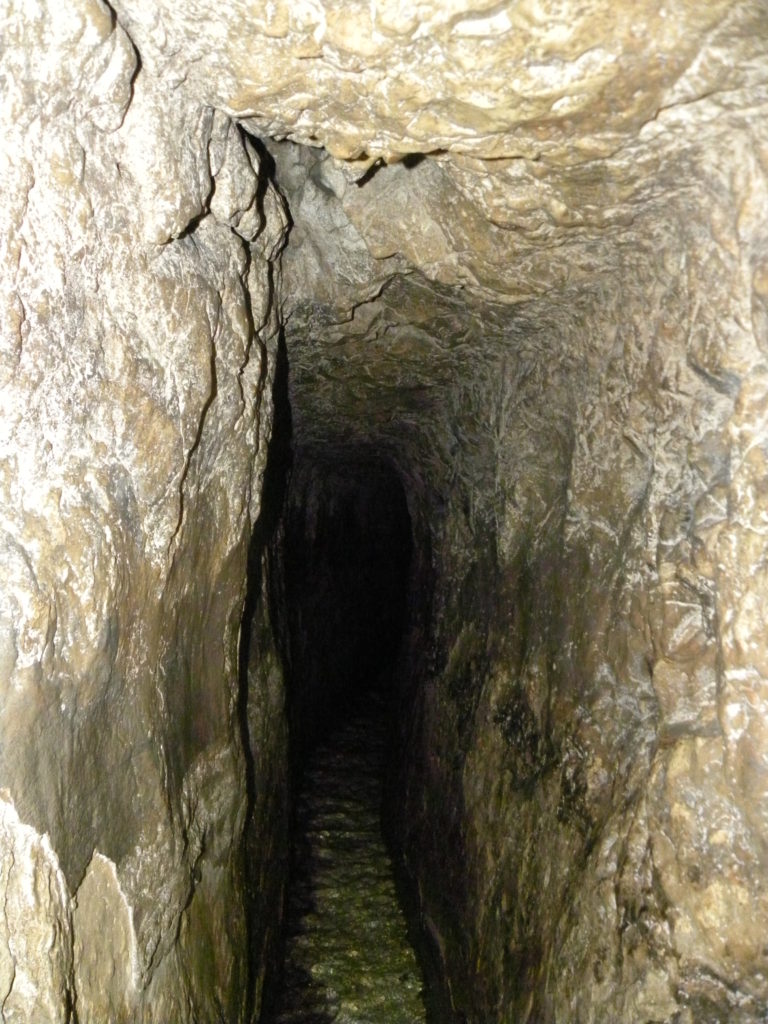Many tourists visit Israel each year to walk the streets where Jesus walked and see the sights mentioned throughout the Bible. Although there is much to see in Galilee, Bethlehem, and the Jordan River Valley, no trip to Israel is complete without visiting its capital, Jerusalem.
While many sites impress and astonish pilgrims throughout the city, some of Jerusalem’s richest treasures lie underground. One of those is a tunnel discovered in 1838. This underground aqueduct known as the Siloam Tunnel was chiseled out of solid rock at King Hezekiah’s direction about 700BC and is described in the Bible in 2 Kings 20:20.
Nearly 50 years after archaeologists first mapped this underground waterway, a young man found an inscription chiseled into the wall describing how workers came from opposite ends and met in the middle with their pickaxes. Sadly, some individual removed this marker from the wall and today it is displayed in a museum in Istanbul, Turkey.
Working without ground penetrating radar, lasers, or other modern advancements, the ability of these workers to start nearly six football fields apart, wind around 140 feet below the surface, and meet precisely at the same spot at the same level is truly an engineering marvel and mystery. In addition, along that 1/3 mile route, there is only a 12 inch drop which constitutes a grade of less than one percent.
This discovery helps to dispel what some writers have referred to as chronological snobbery. Many individuals today operate with the false assumption that our own society is the most advanced and that those who came before us were hopelessly ignorant. A careful examination of Egypt’s pyramids, Peru’s Machu Picchu, or the Lighthouse of Alexandria will shatter that myth rather quickly.
This incredible artifact beneath Jerusalem that tourists walk through daily also adds to the already enormous list of archaeological evidence that verifies and validates the Biblical record. To disbelieve the Bible, one has to purposefully ignore the growing mountain of proof in museums all over the world. We have many more reasons to trust the truth of the Bible today than our parents did just a generation ago.
Perhaps the greatest lesson to learn from Hezekiah’s Tunnel, however, involves its purpose. When it was built, Jerusalem was being threatened by the enormous and fearsome Assyrian army. Hezekiah knew that if Jerusalem were besieged, which was likely, they would need water. Unfortunately, the main source at the time was the Gihon Spring located outside the city walls.
With great wisdom and foresight, Hezekiah commissioned this ancient public works project which diverted the flow of fresh water into the Pool of Siloam found within the walls on the opposite side of the city. After completion of the subterranean project, the spring outside the city was blocked to prevent the Assyrians from benefiting from its supply.
These actions not only saved the Israelites when they did get surrounded, but they also provided fresh clean water for hundreds of years to come, up to and following the time of Jesus who told a blind man to wash in the Pool of Siloam that he might see.
From time to time, we all get besieged by life. Sometimes it seems the world closes in around us and we begin to get thirsty. It’s vitally important that we have a dependable conduit from the Spring of Living Water that Jesus offers to all who trust in Him.
The daily sustenance found in God’s Word, in His Holy Spirit, and with other believers can help us endure such difficult and dry times and emerge even stronger than before. Wise individuals will expend great energy before those times come to establish an unobstructed relationship with our Source of life and nourishment.
As we marvel at this ancient fete of engineering known as the Siloam Tunnel, may it remind us of our dependence on Jesus Christ, our Spring of Living Water.
Blessings, George
